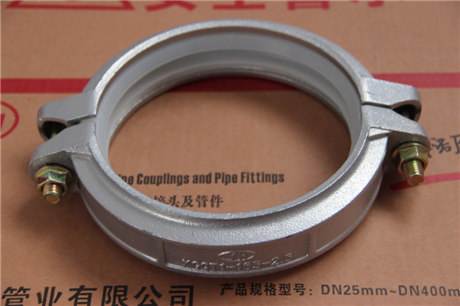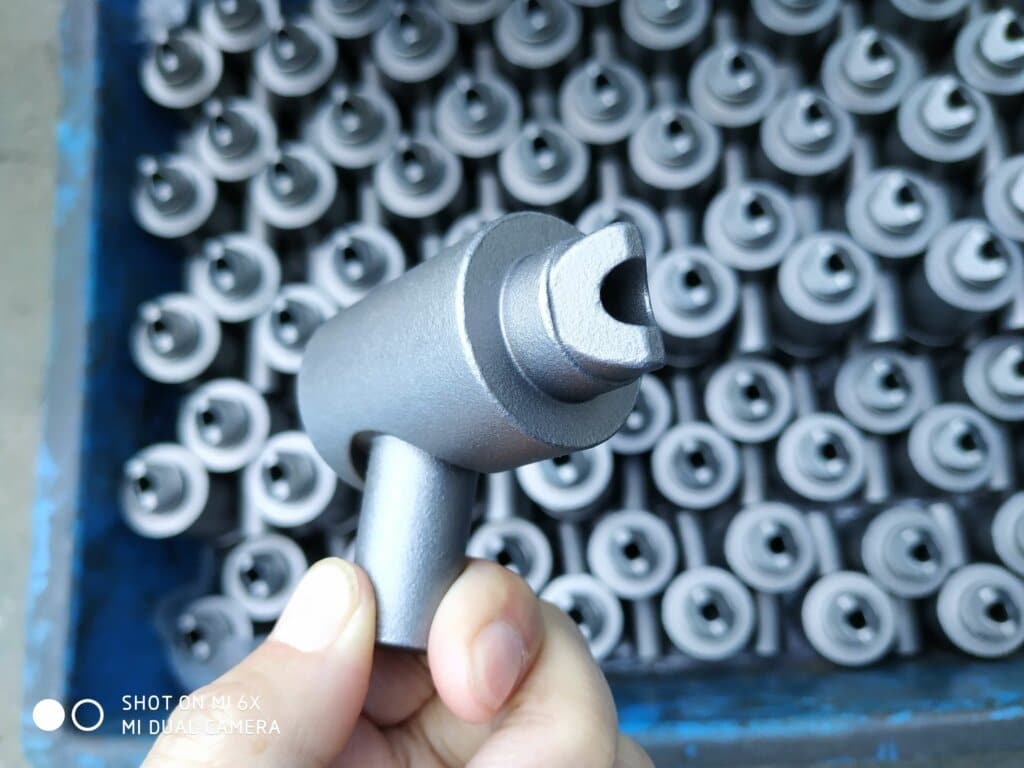Cast steel vs Carbon steel
Carbon steel and cast steel are two of the more common alloys used by steel casting companies. Many clients or customers often asked us: What is the difference between cast steel vs cast steel? Which one is better? Actually, there is no one that is better, but which one is more suitable for your applications.
What are Carbon Steel and Cast steel?
Cast steel usually refers to normal carbon steel and alloy steel. Or called steel casting with carbon content lower than 2%.In all steel types of, there are various steel casting grades that determine specific properties of the steel. It can help determine their advantages or disadvantages in certain processes.
Cast Steel
Cast steel, then, is a type of carbon steel, often containing a carbon content anywhere from 0.1-0.5% carbon. This is a specific alloy that is frequently used, and is known for its impact resistance features. Carbon and cast steels are especially known for standing out when it comes to withstanding frequent or sudden impact, but not deforming, breaking, or bending.
Cast steel is known for its ability to withstand these types of high stresses and strain forces. In fact, this impact resistance is one of the major benefits of using cast steel compared to cast iron. The combination of strength and ductility in steel makes it a staple in mechanical and structural applications. It is capable of bearing heavy loads. This is one of the major reasons why steel is the most commonly used metal in the world.
Carbon Steel
Carbon steel is also known for being resistant to corrosion, especially when protective measures are used through the course of regular maintenance. It is also resistant to wear and tear, helping increase shelf life and lead to a durable cast. Typically, the amount of carbon content in any carbon steel or cast steel will determine the hardness of the material, with grades ranging from low, standard, to high-carbon steels.
At our foundry, With over 23 years of experience among our team, we understand the advantages of different alloys and carbon contents. We can choose the right alloy for your cast in our steel casting foundry.
The difference between cast steel VS carbon steel:
1. Different in nature
Cast steel: Cast steel is a kind of casting alloy. Iron and carbon are the main elements. The carbon content is between 0-2%.
Carbon steel: Carbon steel is an iron-carbon alloy with a carbon content of 0.0218% to 2.11%. Generally, it also contains a small amount of silicon, manganese, sulfur, and phosphorus.
2. Different features
Cast steel: 304, 316 cast steel is currently the most widely used stainless steel. Both are austenitic cast steel, non-magnetic or weakly magnetic. The 430, 403, and 410 are austenitic-ferritic stainless steels with magnetic properties.
Carbon steel: Generally, the higher the carbon content of carbon steel, the greater the hardness and the higher the strength. But the plasticity is lower.
3. Different classification
Cast steel:
According to the characteristics of use:
1) Cast tool steel. Cast tool steel can be divided into casting tool steel and casting mold steel.
2) Casting special steel. It can be divided into cast stainless steel, cast heat-resistant steel, cast wear-resistant steel, cast nickel-based alloy.
3) Cast steel for engineering and structure. It can be divided into cast carbon structural steel and cast alloy structural steel.
4) Cast alloy steel. It can be divided into cast low alloy steel, cast medium alloy steel and cast high alloy steel.
Carbon steel:
According to purpose, carbon steel can be divided into carbon structural steel, carbon tool steel, and free-cutting structural steel.
Carbon structural steel is divided into engineering construction steel and machine manufacturing structural steel.
JC casting is a steel casting factory in China. We can produce different grade steel grade casting. Get a free quote if you contact us today!


